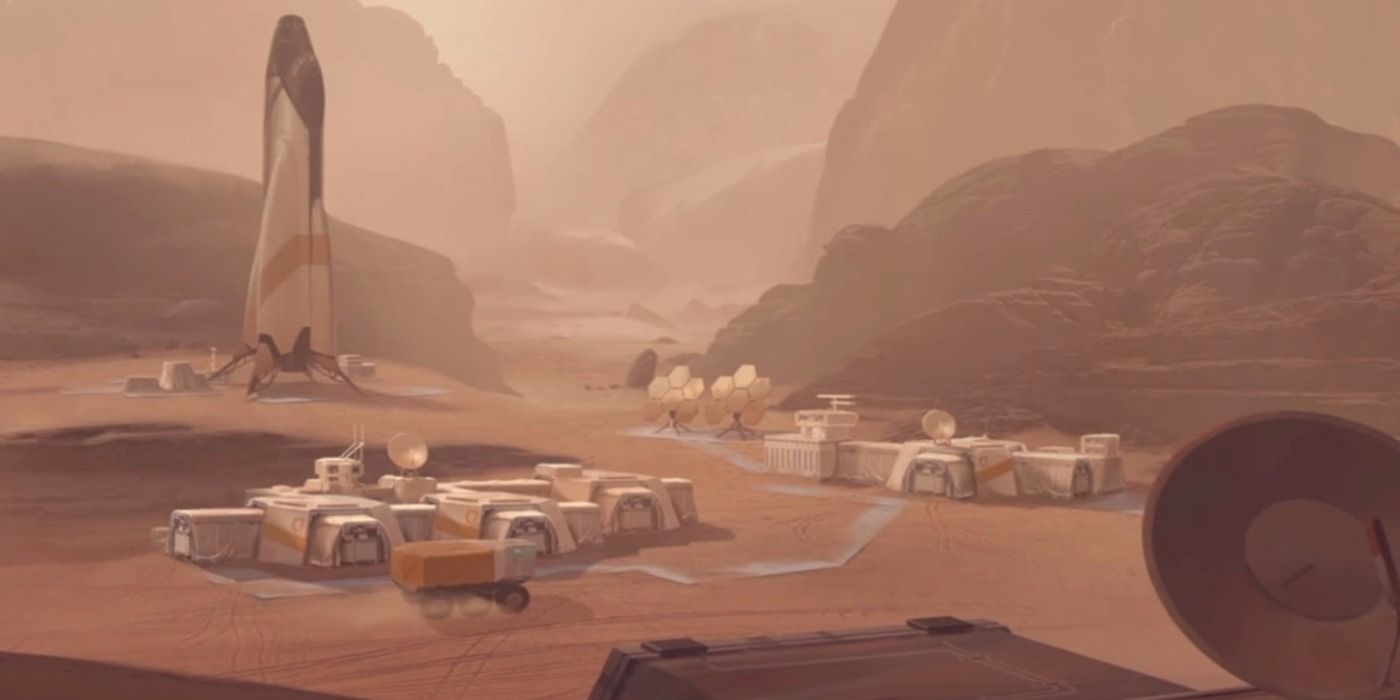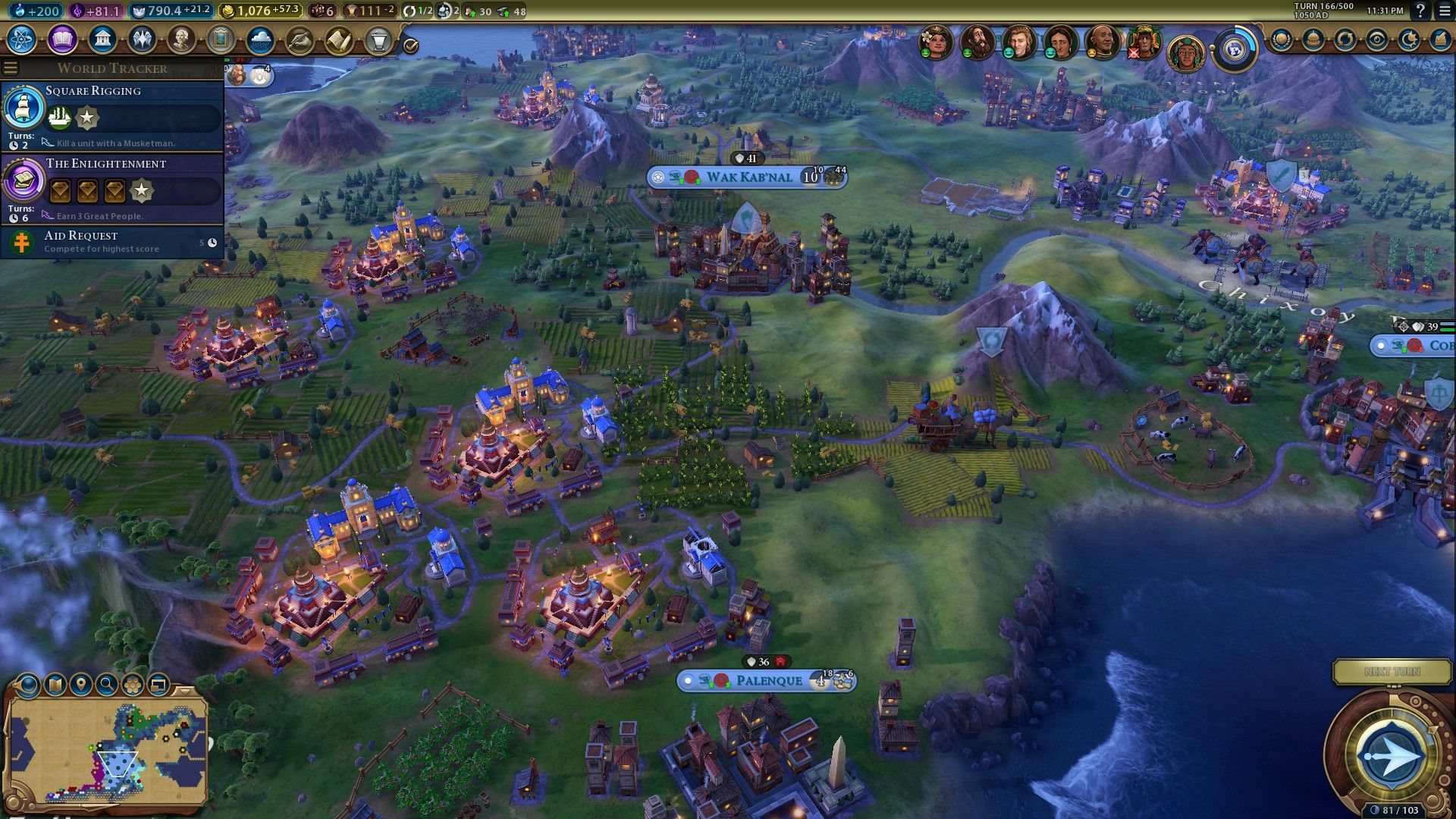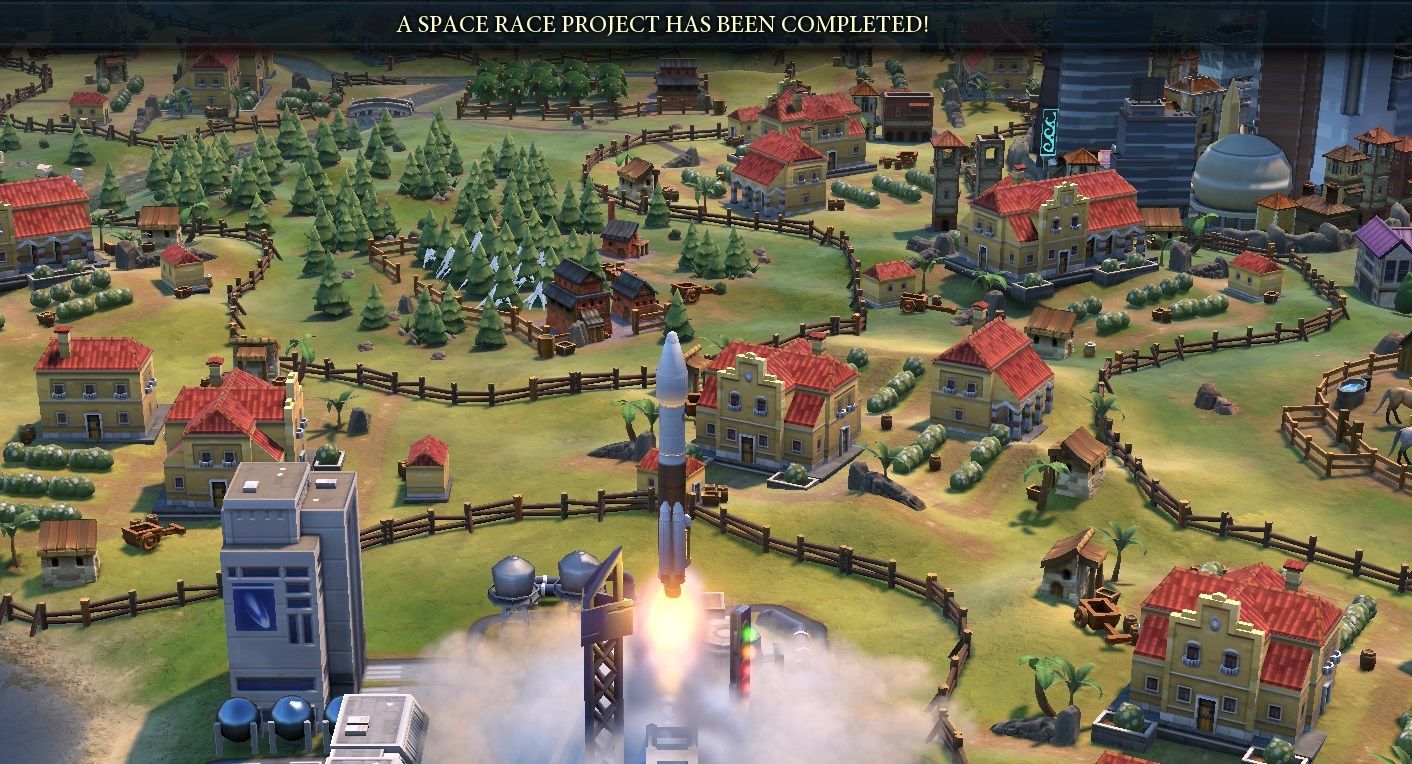Science victories are one possible way to win a game of Civilization 6, accomplished by launching a colony to Mars. There are many steps towards reaching this goal that players must consider, from where they should settle cities to where they should invest their resources. Below are tips and tricks for extending the reach of the player's civilization beyond the stars. Important Note: This guide will include aspects from all of Civilization 6’s expansions, not just those in the base game.
The most important aspect of a Science Victory in Civilization 6 is to generate as much Science as possible. Science is used to research new technologies, and all of the techs required to launch a rocket to Mars are very far along in the tech tree. Building up enough science per turn is important for reaching these necessary techs as soon as possible. Campus districts are the primary method of increasing a civilization’s science yield. Unlocked after researching the Writing technology, campuses gain +1 science for every adjacent mountain, +1 for every 2 rain-forest tiles and districts, and +2 for adjacent geothermal fissures and coral reef. When settling cities, look for mountainous locations and jungles so campuses yield as much science as possible.
Building up Science in Civilization 6
Certain Civilizations gain bonuses to science, making them prime candidates for Science Victories. To start, the Sumerian’s Ziggurat improvement yields +2 science and is unlocked early. While strong, they should be used in conjunction with Campuses, as they yield more science in the long run as they unlock more buildings. Arabia has more noticeable gains, as they obtain +1 science for every foreign city following their religion, and 10% more per city if it’s built their religion’s worship building. Other civilizations have strong science yields thanks to the bonuses they get to campuses themselves. Netherlands and Australia gain unique adjacency bonuses on their campuses, for being adjacent to rivers for the former, and being placed in high appeal tiles for the latter. 2 of the best Science civilizations in the game, Korea and the Maya, do well because their campuses are their unique districts. Korea’s Seowon does not benefit from adjacency bonuses but will always yield +4 science when built, while the Mayan’s Observatory gains adjacency from farms and plantations. Another reason these unique campuses are powerful is because of how easily they are built. The more of a certain district the player builds, the more expensive its production cost is. Because all unique districts are built 50% quicker, the Mayan and Korean civilizations can produce science at much quicker rates.
Outside of campuses, there are several other ways a player can rack up Science. A few religious beliefs provide science yields, namely Cross-Cultural Dialogue, which provides +1 science for every foreign follower, Stewardship, which provides each Campus with +1 science, and the Wat worship building, which yields +2 science when built. If the player founds a religion and is seeking a science victory, they should definitely try out these beliefs if they have yet to be chosen. City-States that specialize in science can help with research, so prioritize sending envoys to them. Some even have useful Suzerain bonuses that can help depending on the play’s play-style. Geneva increases the science output of all cities by 15% while at peace, and Fez grants a small boost in science every time the player spreads their religion to a new city. Taruga, introduced in the first wave of the New Frontier pass, grants 5% bonus science for each type of strategic resource in a city. That means a city with iron, coal, and aluminum mine would gain 15% science. Wonders can improve Science output substantially, so aim to build The Great Library or Oxford University. Great Scientists can grant large bursts of science or permanently improve the science from Campus buildings. If there's a particular Great Scientist the player wants, they can spend a lot of gold or faith to instantly obtain them, so keep an eye on which Great Scientists are in the works. Not all of these resources are necessary for a Science victory, but they can definitely help out in the long run if they are obtained.
Sending Rockets to Space in Civilization 6
Now that the player has built up enough science, they should start to look for the necessary technologies. Specifically, they’ll need Rocketry, Satellites, and Nanotechnology. Researching Rocketry unlocks the Spaceport, a district that must be built to launch rockets into space. It can only be built on flat land and takes a lot of production to make, so be sure to set aside some space for it or replace a farm. Each of these technologies also unlocks a specific project that must be completed: Launch Earth Satellite, and Moon Landing. This final part differs when playing the Gathering Storm expansion. If players don’t have GS, they’ll need to launch the Mars Reactor unlocked with Nuclear Fusion, and then launch the Mars Habitation project after researching robotics. If the player has GS, they need to launch the Exoplanet Expedition after researching Smart Materials. After that project is completed the spaceship will travel at 1-light year per turn, taking 50 turns total on the standard speed to reach its target planet. The Lagrange and Terrestrial Laser Stations increase this speed every time they’re completed and can be done so repeatedly in any city with a spaceport.
While most of the game will be spent improving science yields to reach the space race technologies, the actual space race requires a lot of production. The spaceport and projects all take a long time to complete unless the player has built up a lot of production throughout the game. Well placed Industrial Zone districts, mines, and lumber mills should all be found in cities where Spaceports are built. Try to build the Ruhr Valley wonder, which improves the production of all mines in the city it's built-in. Petra grants +2 production to all desert tiles in its city, which will combo well with Ruhr Valley to make desert mines with incredible production yields. The Government Plaza building, Royal Society, lets players hasten space project production with a builder unit; this is a must-have for those with the Rise and Fall expansion. Great Scientists earned towards the end of the game stop granting science, and start granting production to space race projects, so be on the lookout for useful Great Scientists. Players should also consider building multiple throughout their empire, as the Laser Stations can be worked on in different cities at once. This can expedite the process, but make sure that the Spaceports are guarded by spies. Spies are capable of pillaging Spaceports and have a lower chance of succeeding when another spy is stationed there.
Overall, Science Victories require the player to focus heavily on science until all of the necessary technologies are researched and then shift into production to complete the space race projects quicker. That said, players should be sure to set up their city’s production prior to unlocking the projects, so they can complete the projects as soon as possible. Make sure to settle cities where high science and production are available, and find other ways to boost them throughout the game.
Civilization 6 is available for PC, Switch, Xbox One, PlayStation 4, and App Store.



